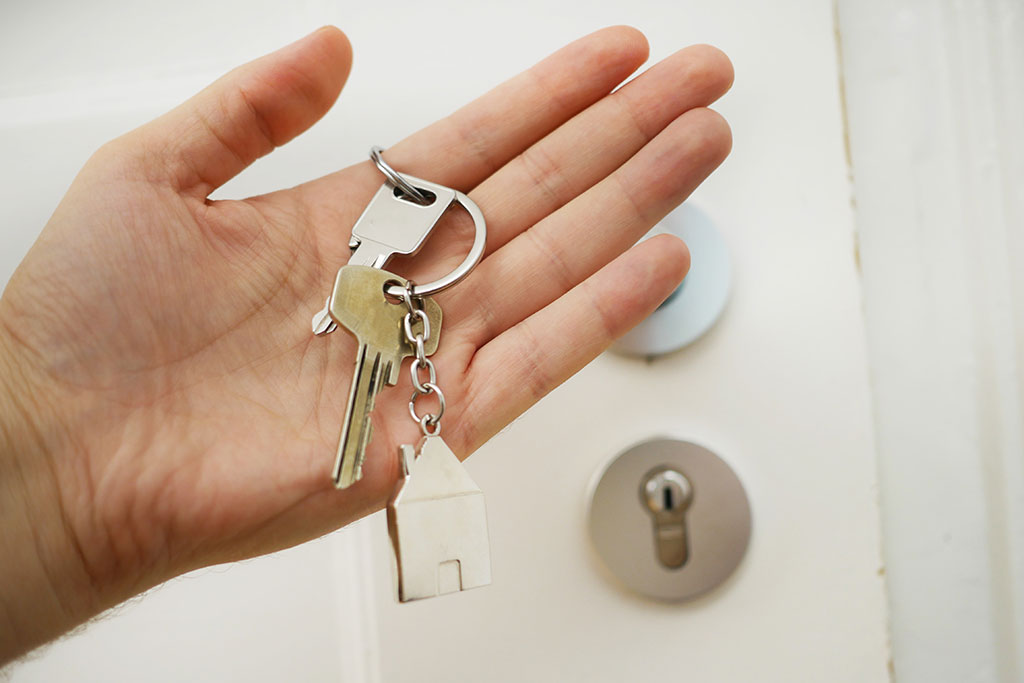
Mercy Mutanya is a Tech enthusiast, Digital Marketer, Writer and IT Business Management Student. She enjoys reading, writing, doing crosswords and binge-watching her favourite TV series.
The higher mortgage rates serve to make the supply situation worse as homeowners are unwilling to list their properties as most of them have rates around or below 3%.
 Edited by Julia Sakovich
Updated
3 mins read
Edited by Julia Sakovich
Updated
3 mins read

Mortgage rates spiked on Monday due to a rise in bond yields. According to Mortgage News Daily, the average rate on the 30-year fixed mortgage reached 7.48%, the highest level since November 2000. The rates have almost tripled over the past couple of years following the lows experienced at the height of the Covid-19 pandemic. As of January 2021, the average 30-year rate had dropped to 2.65%. The rate has risen 29 basis points over the past week.
Matthew Graham, chief operating officer of Mortgage News Daily attributed this to investor worries that high interest rates and inflation might last longer than expected. He added that the Federal Reserve is also hoping for a deterioration in economic data before they can consider a policy shift, a move that is expected to favor short-term rates first.
“Investors just aren’t seeing the kind of deterioration in economic data that they expected […] The net effect is that longer-term rates like 10-year Treasury yields and mortgages are bearing the brunt of the market’s negative rate sentiment. This won’t change until the data forces the Fed to start talking about the first rate cut,” Graham stated.
The higher rates come on the heels of inflated home prices caused by the pandemic. In 2020 alone, rates set over a dozen record lows. This led to a homebuying spree that resulted in prices rising over 40% from the start of the pandemic to mid-2022. There was a respite at the end of the year but prices are now increasing due to high demand and very low supply.
The higher mortgage rates only serve to make the supply situation worse as homeowners are unwilling to list their properties as most of them have rates around or below 3%. For such individuals and families, moving to another home would mean more than doubling that rate.
There is a marked difference in home affordability from just a year ago when the average on the 30-year fixed was around 5.5%. As a result, an increasing number of borrowers are going for adjustable-rate loans which offer lower interest rates over shorter fixed terms. The Mortgage Bankers Association estimated the average rate on a 5-year Adjustable Rate Mortgage (ARM) to be 6.2% last week. The ARM share of applications is said to have risen to 7%, a significant change from less than 2% in 2020 when the 30-year fixed was setting record lows.
Homebuilders in the US have been trying to contend with the higher mortgage rates by either buying down those rates for short or long terms or by simply lowering home prices. Homebuilder sentiment this month has experienced a significant decline due to high-interest rates.
Disclaimer: Coinspeaker is committed to providing unbiased and transparent reporting. This article aims to deliver accurate and timely information but should not be taken as financial or investment advice. Since market conditions can change rapidly, we encourage you to verify information on your own and consult with a professional before making any decisions based on this content.

Mercy Mutanya is a Tech enthusiast, Digital Marketer, Writer and IT Business Management Student. She enjoys reading, writing, doing crosswords and binge-watching her favourite TV series.





